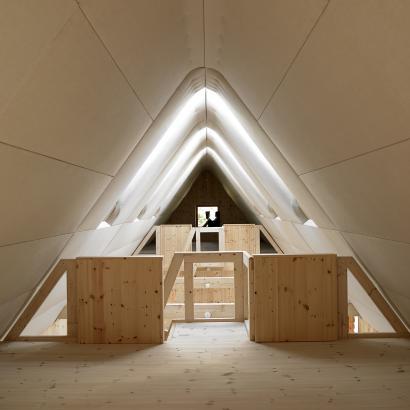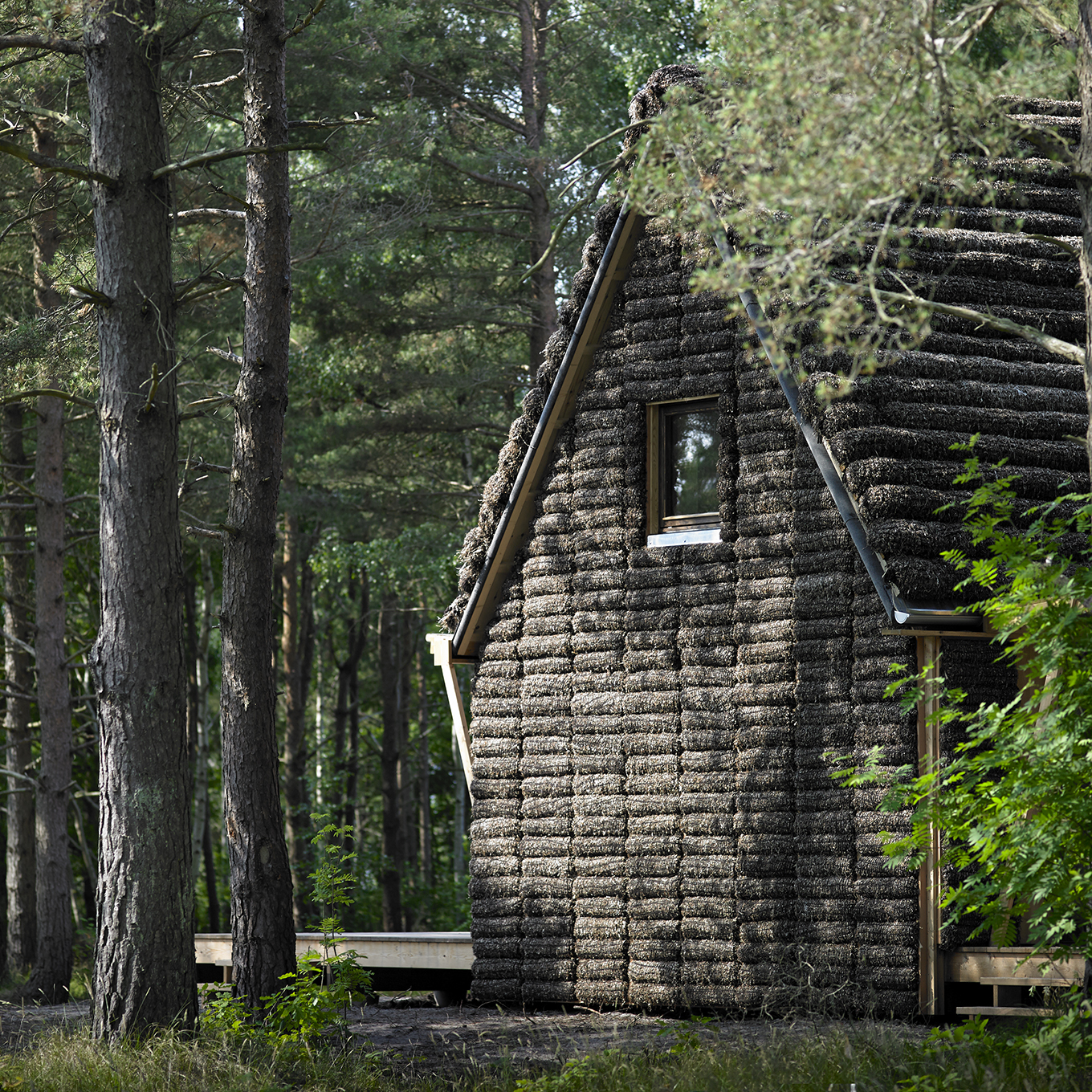The Modern Seaweed House
The Modern Seaweed House is designed by Vandkunsten Architects and is based on Læsø's centuries-old tradition where seaweed is used for roofing. In a modern reinterpretation, the house testifies to a culture that has characterized the building tradition of the island since the 13th century.
Seaweed is a material with fantastic properties, such as long life and strong insulation, and is naturally impregnated with advice. The Modern Seaweed House on Læsø has a negative carbon footprint, meets the energy requirements for 2020 and at the same time testifies to the island's 800-year-old building tradition.
Indoor Climate & Energy Optimization
The building techniques of the past are integrated into a modern interpretation. Here, seaweed is used as both roof and wall insulation in moderate thickness, in contrast to the historic seaweed houses on Læsø, where the seaweed was used for thick roofing for up to one meter of thickness.
According to RENOVER, the seaweed used is a sustainable material in several respects: It has a long life, good insulation, good acoustic properties, is naturally impregnated against pests and has difficulty burning. The natural material also gives the house a breathability and ensures a good indoor climate all year round. For this reason, the house also has extremely low energy consumption and complies with the energy requirements for 2020.
Carbon Footprint & Resources Utilization
According to Vandkunsten Architects, life cycle calculations show that the seaweed house has a negative carbon footprint. This means that more CO2 is accumulated in the house than is needed for the construction and transport of materials. In addition, the house testifies to the potential of seaweed, as an alternative sustainable material to more conventional building materials, requiring large amounts of energy to both process and maintain.
“The modern seaweed house on Læsø is not simply a story of the renewed use of a remarkable material in a peculiar place with a highly unusual building history. It is also a crystal ball that captures and highlights many of the major issues facing construction today.” Søren Nielsen, architect MAA, partner at Vandkunsten Architects.

About the case
The modern seaweed house became an experimental building, offering an idea of how to use eelgrass as a building material in a modern way that respects the local tradition. Old techniques are used and interpreted into the house, which is built in wood and clad and insulated with tang elements, designed specifically for the project. The eel grass used is collected, rinsed in rainwater and sun-dried on Bogø, then laid in knitted nets and fastened in lanes on the facade and under the roof of the house. The building, in contrast to Læsø's historic seaweed houses, appears restrained and natural with a contemporary and more rigorous expression. For this reason, the house naturally falls into the surrounding landscape, both in vision and aesthetic expression.
